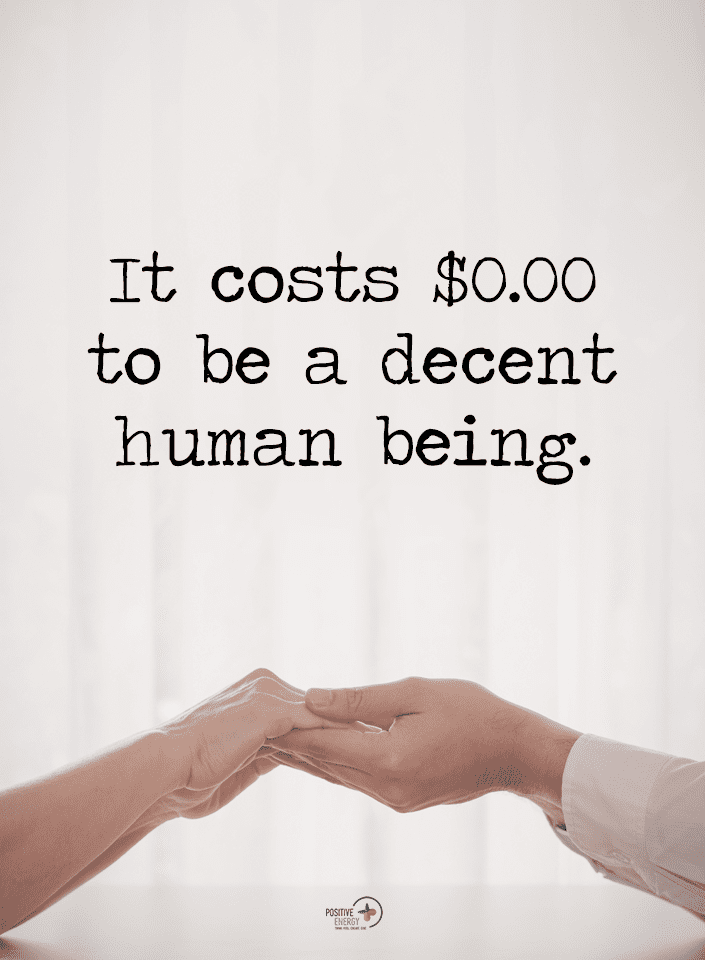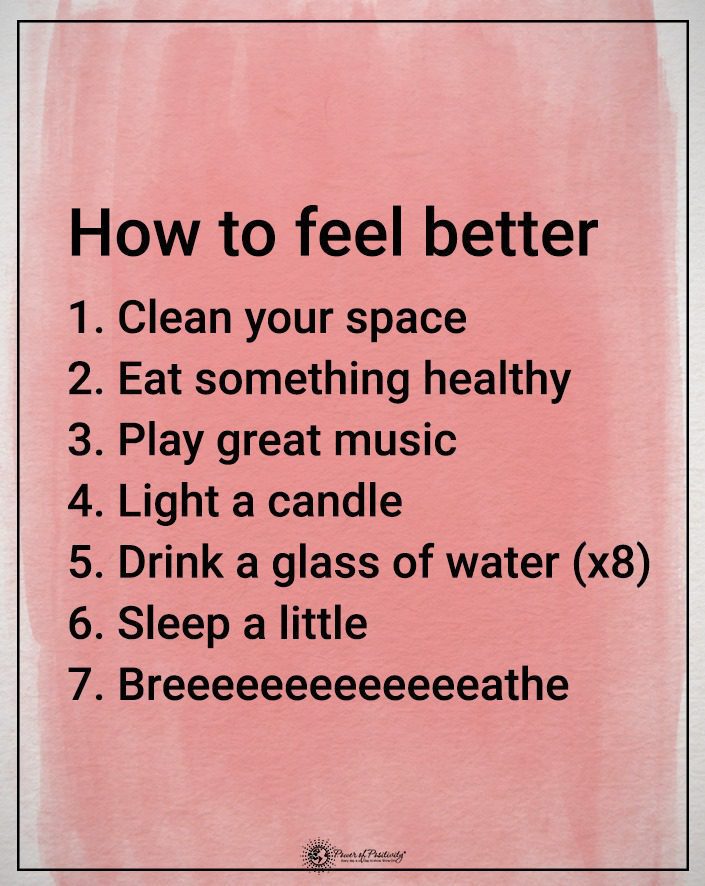Ending a marriage is a trying time in someone’s life, and there are some things you should never say to them. Use tact and kindness when talking to a friend or loved one who is going through a divorce. You don’t want to say something that will hurt them more.
It’s hard to understand what people are going through if you’ve never gone through a divorce. You might want to give false encouragement, but it never helps, even when intended with kindness. Remember that the person is likely grieving and healing, so be mindful when communicating with them.
There are many reasons a marriage can end, but the reason doesn’t matter in the long run. The only thing that matters is that it happens, and the people involved will be hurt. It can make them feel isolated, especially when it seems like people are always saying things to make it worse.
You want to say the right thing, and the last thing you want to do is make the person feel worse. Your comfort and support can fall flat if you’re unaware of how to handle the situation.
What Not to Say to Someone Struggling Through a Divorce
Life changes, and the people in your life change, too. Sometimes, married couples stop being a team and only focus on individuality. Relationships go through highs and lows, and sometimes couples can’t overcome the struggles.
Some of your well-meant comments can be incredibly hurtful during this time. Knowing what you should never say to someone struggling through a divorce can help. When you know what not to say, it’s easier to figure out what you should say. Kindness matters at this time.
1. I know exactly how you feel right now.
Even if you’ve been divorced, there’s no way you can know how someone else feels in this situation. When you assume, it minimizes the person’s feelings and makes them feel alone. You might have had a similar experience, but theirs is unique because it happened in their life, not yours.
2. Divorce is going to destroy your kids.
Parents already guilt-trip themselves enough regarding their children. They’ve likely already beat themselves up for how the divorce will affect their kids.
The last thing you should do is voice the negativity that already runs through their minds. Children do better when their parents are happy, so it’s best to avoid saying how harmful it will be.
3. Maybe you could remarry them later on.
Don’t use this phrase if someone opens up about why their marriage is ending. Even if the issues are resolvable, the last thing they want to hear is that they could try again. There’s too much grief involved in separating for them to think this way.
4. They’ll regret what they did and come back eventually.
For starters, you can’t promise that this situation will happen. Don’t give false encouragement because it can make it hard for the person to let go. Even if their ex does come back, it doesn’t minimize the pain right now.
5. You should be over it by now.
Everyone grieves, processes, and heals at different paces. It can take a while to get over the end of a marriage. Don’t rush the person or make it seem like they’re not healing correctly.
6. I’m glad you’re not with your ex anymore.
You might not have liked the person’s ex, but this isn’t the time to say so. Even if it was the time, it isn’t your conversation to start. The person you’re talking to loved their ex at one point, and you don’t want to hurt them with your insults.
This comment can also make it seem like you don’t care that they are in pain. You don’t want to minimize the person’s feelings or the hardship they’re going through.
7. My partner is hard to live with, too.
Divorce occurs for more reasons than being hard to live with. This statement only reminds the person that your relationship is ongoing while theirs ended. Comparing your daily struggles to this life-changing situation is hurtful.
8. I would try working it out because I don’t believe in divorce.
Everyone likely feels this way at some point. Going into a marriage, people believe they’ll work through every problem. However, it can happen to anyone, and this comment won’t help.
It will only make the person feel bad about their decision or remind them of their heartbreak if it wasn’t their choice. Either way, pushing your values and beliefs isn’t ideal.
9. Why did you two decide to divorce?
It’s natural to be curious, but keep the questions to yourself. The person going through the divorce is the one who gets to decide when and how much to tell. They’ll confide if they want to, and you must respect their boundaries.
10. Did you consider going to marriage counseling before the divorce?
The answer to this question is personal, and it’s not your business to inquire about. It sends the message that someone could have done something to prevent the split. Plus, if a friend is struggling through the divorce, it’s a little late for marriage counseling anyway.
What to Say Instead When You Want to Show Kindness to Someone Going Through a Divorce
Now that you know what you should never say to someone struggling through a divorce, it’s time to learn what you should say. You want to employ kindness. Please make the person feel supported and loved while guiding them down the best path. Ignoring the situation won’t make it better, so try saying something that’ll help or bring comfort.
1. All that matters right now is focusing on yourself.
Someone going through a separation will worry about many things and put themselves last. Remind them to focus on themself because it’s the only thing that’ll pay off long-term. They can regain energy, discover what they need, find inner peace, and manifest success by focusing on themselves.
2. Your kids will be okay if you put yourself first for a little while.
Telling a parent to focus on themselves doesn’t always go well. Understandably, they’ll often voice concerns about their children. Remind them that their children will be okay and do even better with a fulfilled parent.
3. It’s okay to reach out for divorce support.
Sometimes people in this situation isolate themselves, thinking it’s better that way. Let them know that there are people who support them, and it’s okay to ask for it. Listening with empathy is an act of kindness that can make a difference.
4. You’re in a hard situation, and I’m sorry.
Not everyone can relate to this situation, but you can acknowledge the despair. Even if you can’t imagine how the person feels, you know it’s not good. Acknowledge the struggle, and they’ll know you aren’t trying to minimize it.
5. I’ve been through something similar, so let me know if you want to hear what helped me.
Rather than saying you know how they feel, say this instead. It lets the other person know that they’re not alone, and it doesn’t force them to listen to your story.
This statement also shows that you aren’t making assumptions about their situation. Leaving it up to them if they want to continue the conversation gives them a little comfort and control.
6. I’m here to help with transporting the kids or if you need someone to talk parenting with.
When the person has kids, you don’t want to compare your single parenting journey with theirs. Everyone’s parenting journeys are different, and comparisons won’t help either of you. Instead, acknowledge how hard it can be and offer your assistance.
7. I’m proud of you for making such a hard decision.
You don’t have to agree with someone’s decision to acknowledge the difficulty of it. Trust that the person is making the best choice for their life.
It had to have been a tough decision, no matter how things happened or why. You might think you would never do the same, but it’s not fair to compare when you aren’t living their life.
8. How are the kids handling things?
The children will be okay, but it’s comforting for the parent to know someone else cares. It also allows you to help if the kids need anything.
You can be a positive role model in the child’s life during this time. However, you must be willing to reach out and ask.
9. I’m here anytime you want to talk or need something.
The person might not want to talk, but it’s still nice to know you’re there. Eventually, they’ll be ready to talk about it, and you’ll be the one they turn to. Don’t try to force them, but always be willing to listen with empathy and kindness.
10. It’s hard to be strong, but you can do it and will make it through this divorce.
Don’t imply that this journey will be easy. Instead, remind the person that they can get through it. It’ll give them faith in themselves and allow them to recognize their inner strength.
Final Thoughts on Things Never to Say to Someone Struggling Through a Divorce
Divorce is different for everyone, and no one can understand unless they’ve been through it. The only thing you can do to make your person feel better is to be supportive and loving. Let them know that they aren’t alone, and recognize that you know they’re going through a hard time.
Avoid saying these phrases because it could make the person feel worse. If you’ve already said them, it’s not too late to reach out and try again. Most hurting people only need to know they are loved and have support and kindness.





















